Research
Our research aims to develop quantum technologies for emerging applications in quantum information science. Our work spans applied and fundamental aspects of quantum communication, from QKD prototypes to teleportation, in the lab and in real world networks. We are developing key enabling quantum technologies including photon sources, interfaces and detectors. Underlying this we have activities in quantum metrology to better characterise these emerging quantum technologies and applications as well as exploiting them for sensing and imaging, for example, in biophotonics.
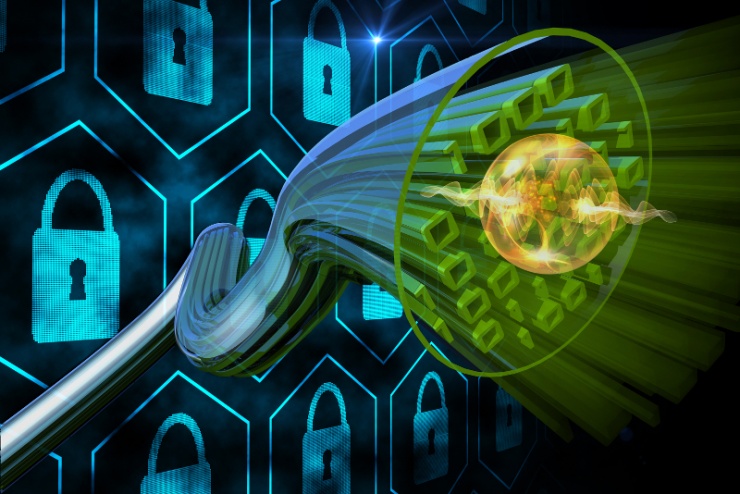
Quantum Cryptography addresses one of societies most pressing concerns for confidential and authenticated communication. Encryption and authentication can be realised with provable information-theoretic security. However, the fundamental resources of these schemes are random and secret strings of bits, shared between the two distant parties. This can be achieved with quantum key distribution (QKD). The security is based on the laws of quantum physics, in particular the no-cloning theorem which forbids the creation of identical copies of unknown quantum states and the fact that a measurement of an unknown quantum state inevitably disturbs it.
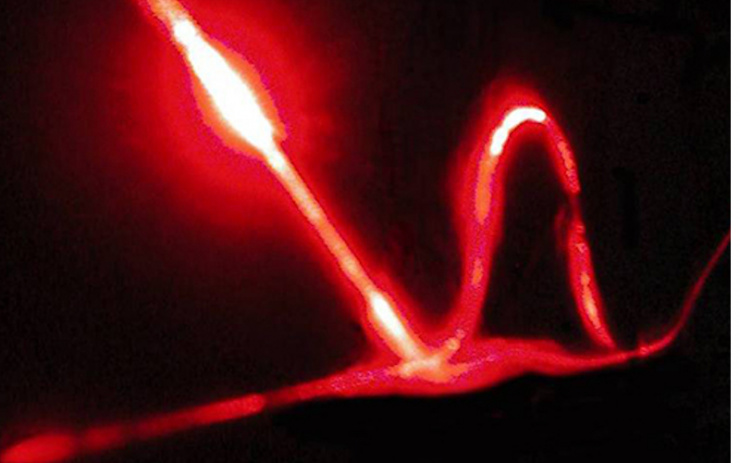
Quantum networks are complex quantum systems where resources such as entanglement, non-locality and randomness can be distributed to both study a wide range of fundamental questions as well as be exploited for future applications. The demonstration of applications requires bringing a wide range of quantum technologies together to make a functional system - quantum system integration. We also look at developing the tools and technologies for certification of these complex quantum systems.
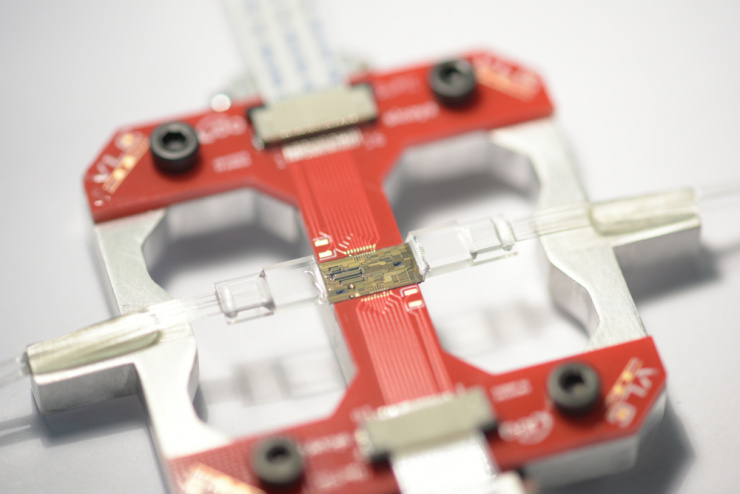
Quantum Photonics includes the generation, emission, transmission, switching, amplification and, in general, covers the engineering and coherent control of quantum systems, i.e. down to the single photon level. It is a key enabling quantum technology, both for current device and system development in QKD, as well as future entangled quantum network applications.
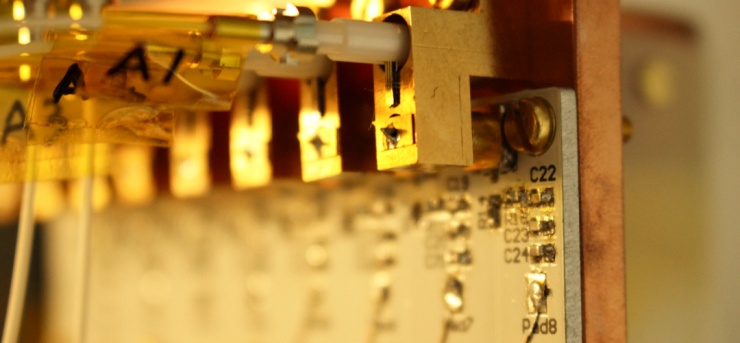
Single photon detectors are the key components in numerous photonics-related applications such as quantum cryptography, optical time-domain reflectometry, and integrated circuit testing as well as serving diverse applications in metrology, both classical and, more recently, quantum. We are working on several different systems including single photon avalanche photodiodes (SPAD), superconducting nanowire single photon detectors (SNSPD) and hybrid devices for both visible and telecom wavelengths.
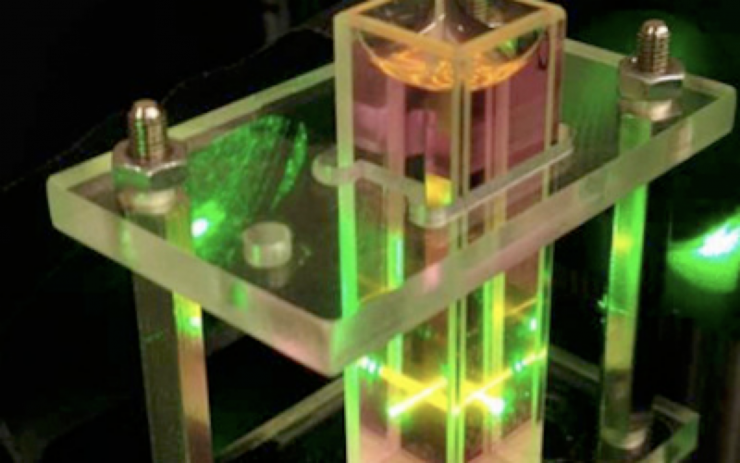
We are interested in exploiting quantum technologies such as entangled photon sources and single photon detectors, for photonic sensing. Applications are emerging for sensing and imaging as well as probing molecular dynamics in regimes unattainable with conventional (classical) approaches. We are also pursuing the application of quantum mechanical tools and techniques for the certification of quantum technologies, devices and systems.